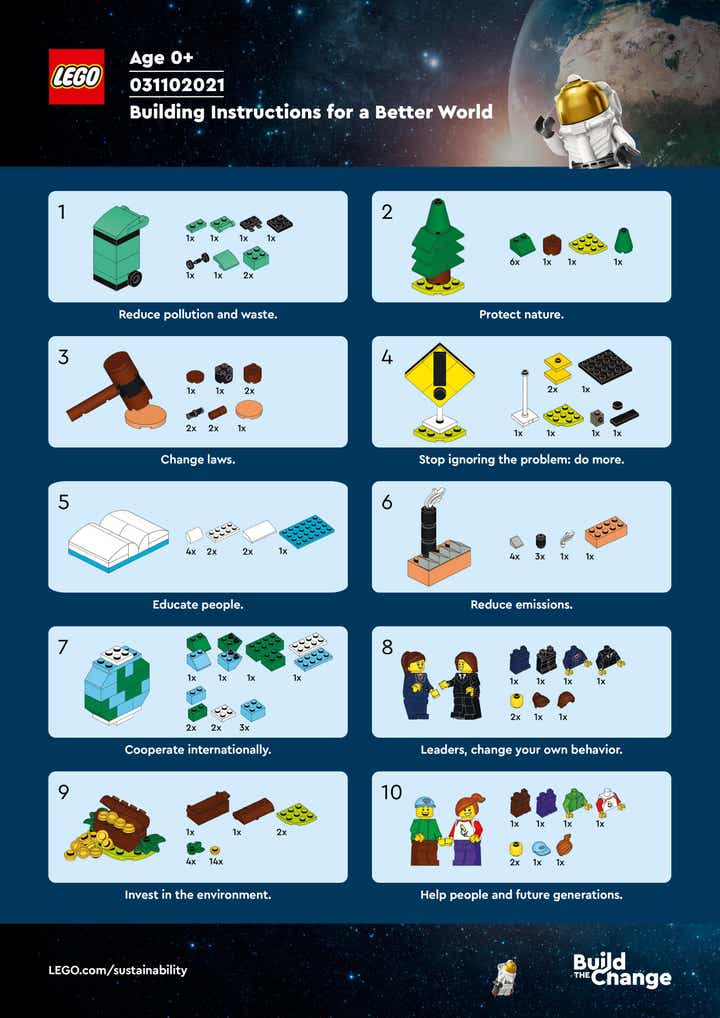
Photo: On March 29, 2015, children play on a fallen tree that came down during Cyclone Pam earlier that month, crushing a car on the outskirts of Port Vila in Vanuatu.
We can go back and forth about who exactly climate change could affect the most. Nevertheless, if we’re looking at the length of time, at a higher level we can say with certainty that young people, especially children, will face the most risk across their lifetimes if global leaders cannot find a way to curb the climate crisis. Unfortunately, as is the case with many global events such as COP26, children are largely overlooked: They don’t vote, they obviously don’t have the funds and resources to attend and as a result, their voices are often not heard.
But this crisis is not only about representation: Providing children the tools they need so they are aware about climate change risks, and done so in a way in which they can grasp this information (no voluminous PDFs that take almost as much time to download as they do read, please), is one way to start.
On that point, let’s start with a discussion of the level at which children worldwide are at risk.
COP26 is in a large part about a children’s rights crisis
As COP26 launched, UNICEF issued resources including a fact sheet that distills why the climate crisis is also a children’s rights crisis. The numbers are daunting. A recent UNICEF report suggests just about every child on the planet faces at least one climate or environmental risk, which range from volatile weather events to pollution to water scarcity.
Furthermore, approximately one billion children (or 50 percent) live in nations classified as “extremely high risk.” And, 850 million of them live in regions where at least four climate and environmental “shocks” overlap; 330 million are home in areas where five such shocks impose risks.
As dystopian as that sounds, UNICEF says there are glimmers of hope and does offer potential solutions to these problems. Among them: investments that will open up access to safe water, sanitation and hygiene, the results of which could reduce risks to at least 415 million kids. “Climate-smart” health services, as well as social welfare safety nets and education systems that account for climate risk could also improve the prospects for hundreds of millions of children across the globe.
In addition, when it comes to talks that involve emission reductions, limiting global warming to 1.5 Celsius and investments that can help build resilience, UNICEF insists representatives of children must have a seat at those tables, including the ones at COP26
This all sounds easy on paper (or PDF). The hard part is ensuring children have the resources to know where to start and how to ensure their voices are heard.
At least one company is lifting children’s voices during COP26
Lego is one company that is taking on this challenge. The toy company undertook research that involved about 6,000 global youth, ages 8 to 18, to glean their views on they think should be done in order to tackle the global climate crisis.
Among the findings, the researchers concluded that almost half of the children think about the environment once a week, with 11 percent of them daily; global warming is their top concern when considering people and the planet; more than two-thirds want a job that will not hurt the environment, while just over half of them said they would want a job that actually improves the environment – yet many aren’t quite sure about how to go that route.
As Lego conducted the research, one query asked the participating children three instructions that they would give global leaders to take on climate change risks. The results are shown below:

Lego took those findings, designed a handout that looks like one of its toy set’s instruction guides, and says the to-do list will be handed out to COP26 delegates.
While that is certainly one step in communicating the gravity of the climate justice, Lego has another opportunity at hand – the simple, to-the-point climate action guide could actually serve as a tool to help communicate how all citizens can become part of the global climate change conversation. Sure, tucking them into the company’s Lego sets is one way to start – most kids worldwide, however, do not have enough coin to score even the smallest sets.
Nevertheless, this 10-step guide is golden. Lego created a tool that can be translated into any language and then could be distributed at school and posted in public spaces. To the naysayers who say several of these steps are simplistic or unrealistic, the response is that such criticisms underestimate children: At a bare minimum, the use of these guides can help spark imagination, discussion and even concrete ideas – all of which are necessary as it is clear that lofty 2030 goals will be far from enough from preventing the planet from encountering a climate catastrophe.
Image credits: Vlad Sokhin via UNICEF; Lego

Leon Kaye has written for 3p since 2010 and become executive editor in 2018. His previous work includes writing for the Guardian as well as other online and print publications. In addition, he's worked in sales executive roles within technology and financial research companies, as well as for a public relations firm, for which he consulted with one of the globe’s leading sustainability initiatives. Currently living in Central California, he’s traveled to 70-plus countries and has lived and worked in South Korea, the United Arab Emirates and Uruguay.
Leon’s an alum of Fresno State, the University of Maryland, Baltimore County and the University of Southern California's Marshall Business School. He enjoys traveling abroad as well as exploring California’s Central Coast and the Sierra Nevadas.














